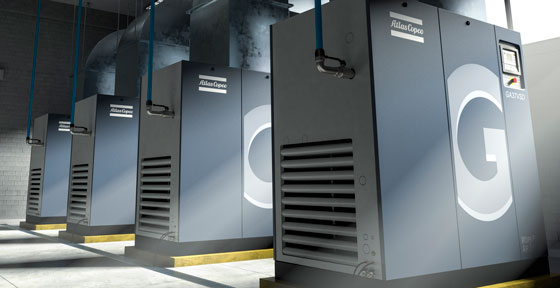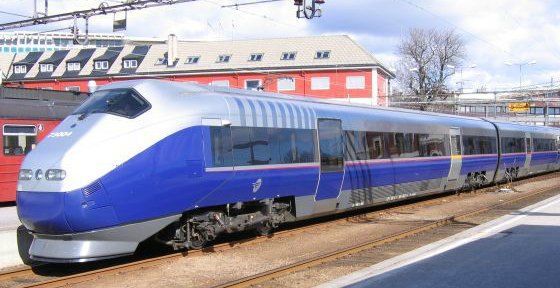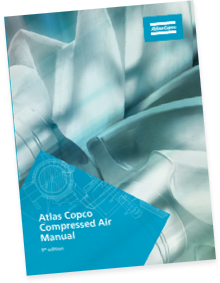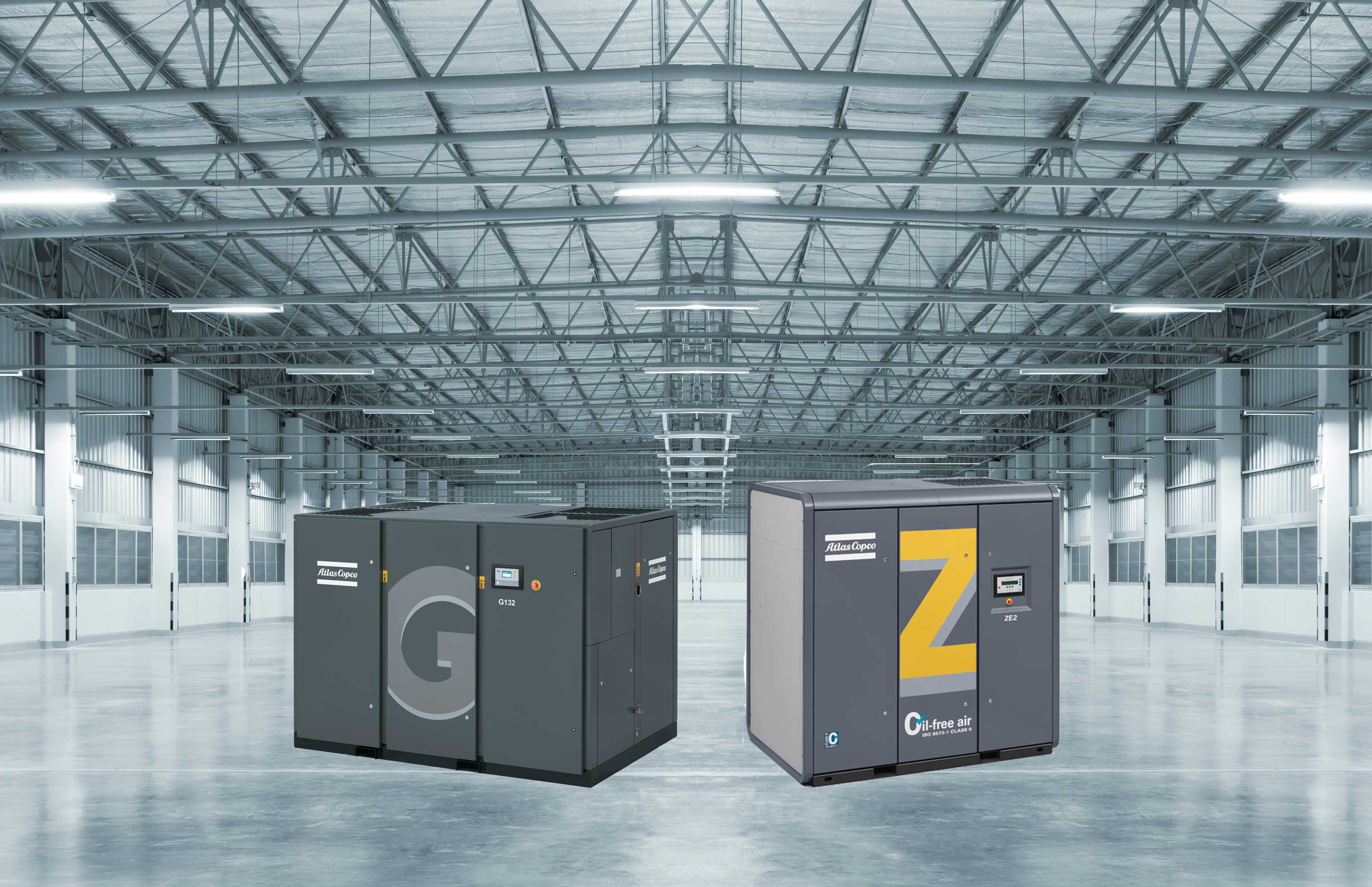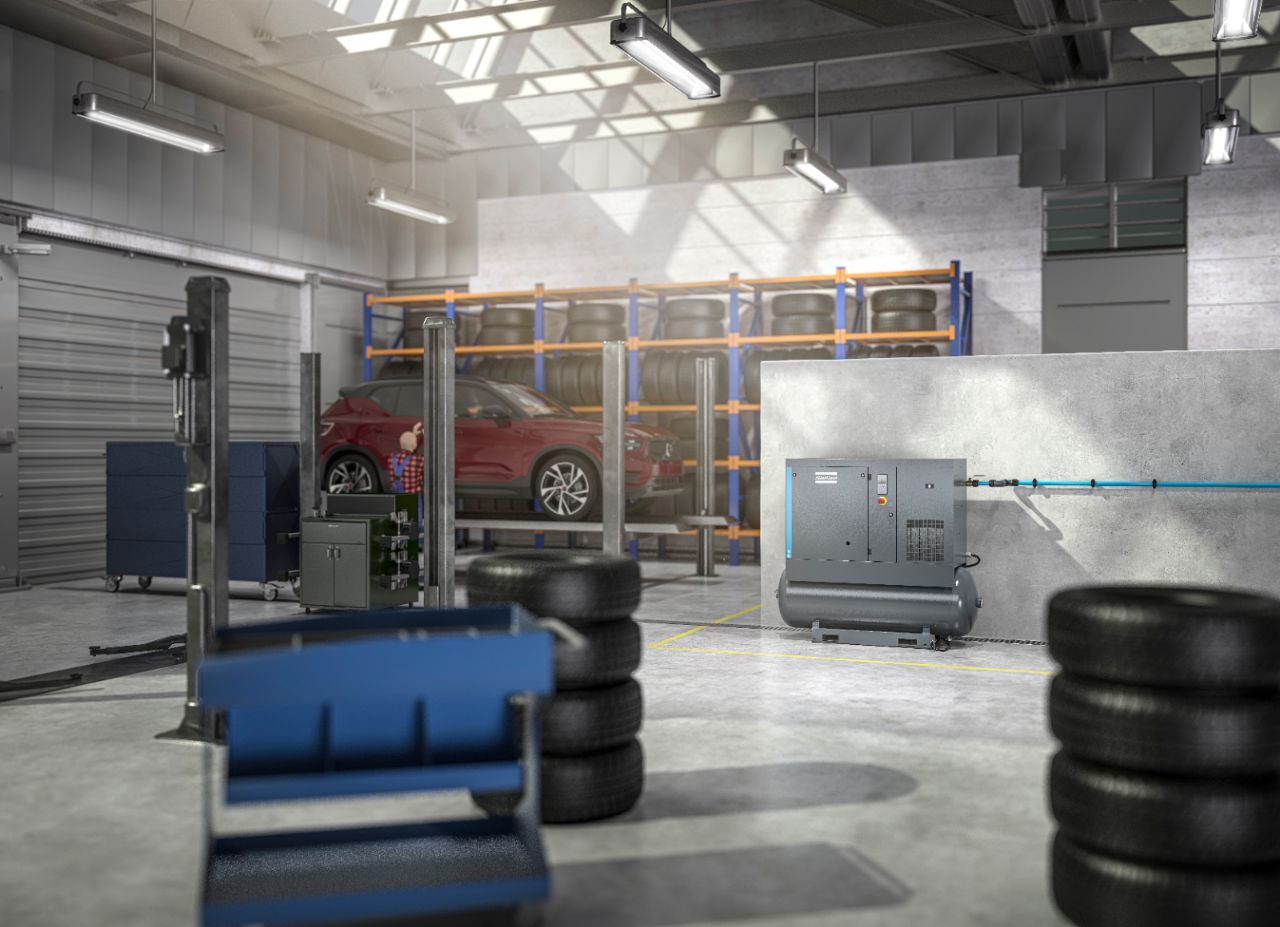Over the past 200 years, industrialization has drastically increased the pace of life, especially within the transportation industry. With the advent of the steam engine in 1814, the automobile in the late 1800s and the airplane in 1903, older, slower and less reliable methods of transportation quickly became obsolete. Improvements in engine and body design drove operating speeds ever-higher as the revolutionary technologies were further refined. People, industries and the economy became dependent upon these transportation methods, relying on them for travel, shipping, mail delivery and defense.
Today, transportation makes up a significant portion of our economy by moving people and goods across the world and adding millions of jobs in construction, maintenance and operation. Unsurprisingly, these ubiquitous machines have a lot riding on them and require lots of behind-the-scenes maintenance. But what’s the secret to keeping them running smoothly and efficiently? You guessed it…compressed air.
Millions of Americans still use train travel, and freight rail is a $60 billion industry that employs over 200,000 people. Originally a manufacturer of rail stock, Atlas Copco has unique insight into the compressed air needs of the railway industry. Compressed air may keep the transportation industry as a whole moving, but it helps trains stop. Breaks are just one system dependent on compressed air, along with other essential components, like the suspension and doors. Compressors in trains must withstand extremely harsh conditions including inclement weather, dust, debris, humidity and vibrations, while still producing reliable compressed air. Millions of people and products travel via train each day, relying on the consistency of compressed air to get them to their destination quickly and safely.
Compressed air also helps produce and maintain transportation vehicles. It’s used in pneumatic conveyance to move parts throughout assembly plants. Automakers sold more than 17.5 million cars in 2015, meaning 17.5 million cars that will likely require service in the near future. Compressed air is required during maintenance to power various tools found in auto shops for cleaning, repairing and painting. Whether a car is built for speeding around a racetrack or just getting you to work each day, the faster the repairs are complete, the better. Reliable compressed air is essential to completing maintenance and getting people safely back on the road.
The same is true for airplane repairs. Airplane safety and efficiency standards are improving each year, and hundreds of repair stations across the country ensure all planes are in peak condition before take-off. The level of maintenance varies depending on the issue. Some problems require an uninterrupted air supply throughout the entire repair; if that supply is lost, the entire repair process must start over. A dependable air compressor helps workers ensure planes get out of the hangar and back in the sky without significant delays.
Thanks to countless innovations made through innumerable hours of engineering research, our world moves exponentially faster than it did just two centuries ago. But without the help of compressed air, little of this would be possible. Atlas Copco offers air compressors for many transportation applications. The GA VSD+ is ideal for the varying demand in a maintenance setting and the GAR series of railway compressors meets the unique needs of
